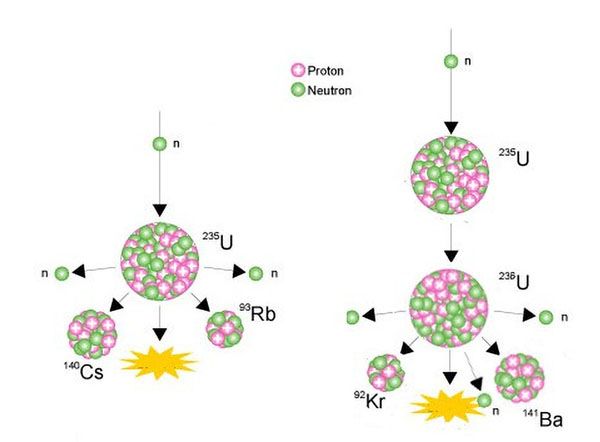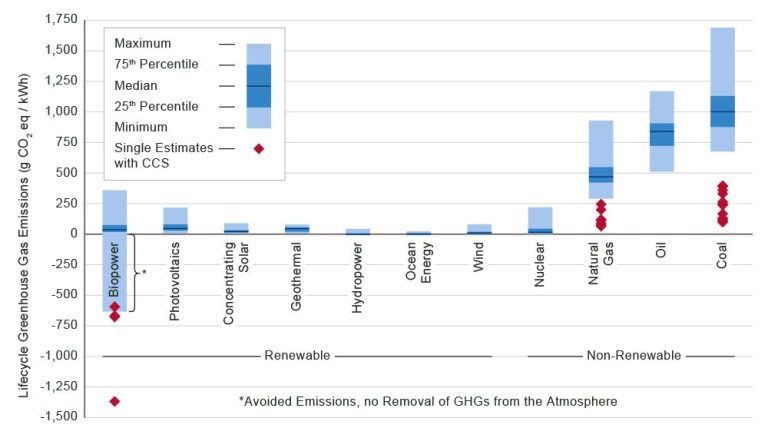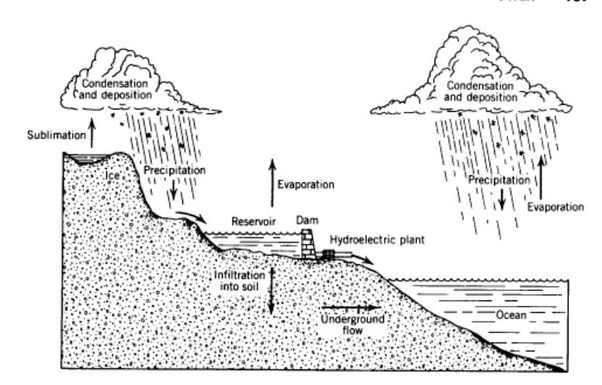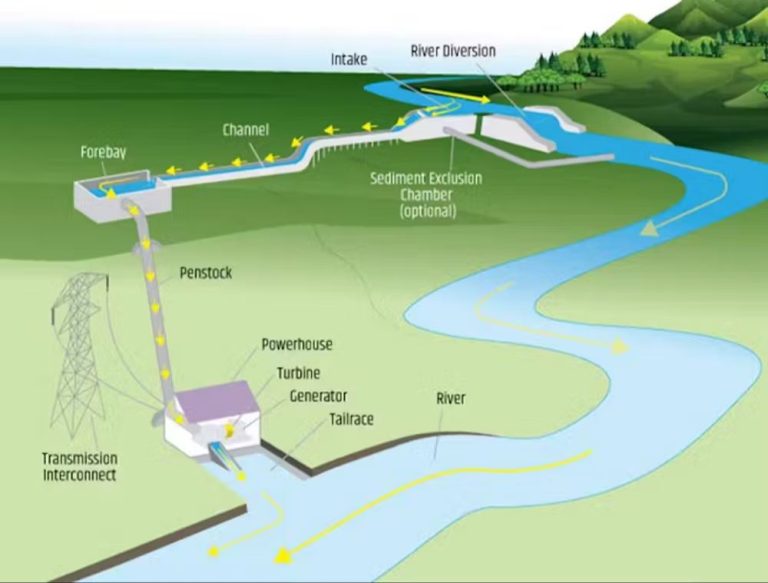How Can I Put Renewable In A Sentence?
Definition of ‘Renewable’
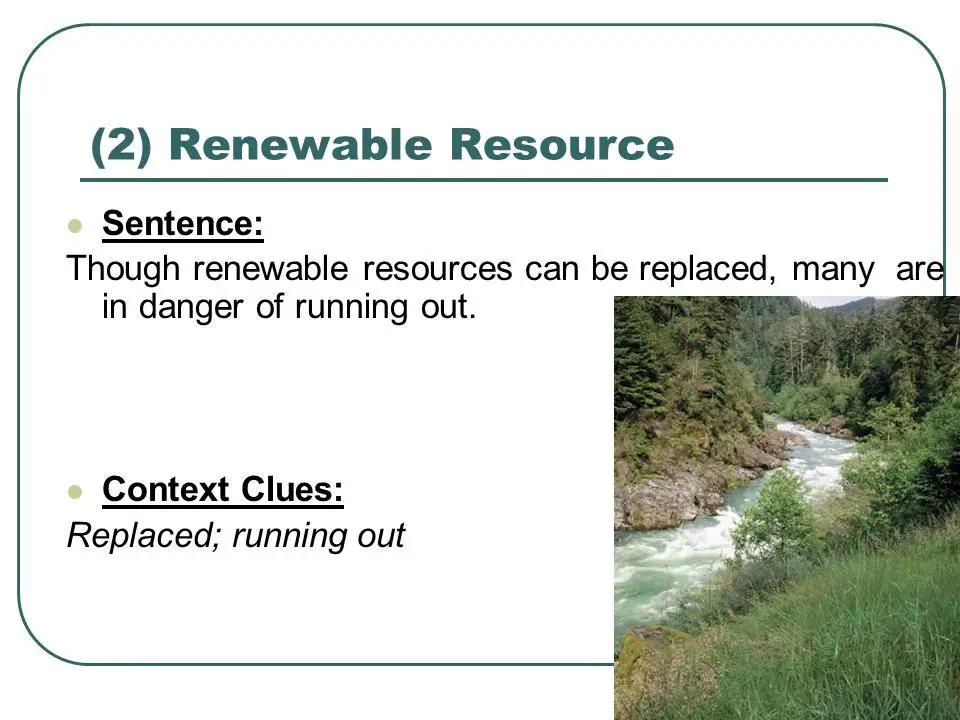
The word renewable refers to something that can be replenished naturally over time. Renewable resources are those that are naturally replenished, such as sunlight, wind, water, and geothermal heat. The key aspect of renewable resources is that they are virtually inexhaustible or renew on a regular basis.
Some examples of renewable resources include:
- Solar energy – The sun radiates an enormous amount of energy that can be captured through solar panels and used to generate electricity or heat water.
- Wind energy – Wind turbines harness the kinetic energy of moving air to generate electricity.
- Hydropower – Flowing water from rivers, tides, or waves can spin turbines to produce electricity.
- Biomass – Organic plant and animal waste can be used to produce electricity, fuel, and heat through processes like combustion, anaerobic digestion, or fermentation.
The key aspect that makes these resources renewable is that they are replenished naturally within a human lifespan. Sunlight, wind, and water cycles are continuously renewed. Biomass regrows through agricultural and forestry processes. This distinguishes renewable resources from fossil fuels like coal, oil, and natural gas, which take millions of years to form and are considered non-renewable.
Use Renewable in a Sentence
The word “renewable” is an adjective that is used to describe resources or energy sources that can be replenished naturally over time.
Here are some example sentences using “renewable” in different contexts:
Renewable energy sources like solar and wind are becoming cheaper and more efficient every year. Source
Many countries have set ambitious goals to increase their use of renewable electricity to 50% or more in the coming decades. Source
Germany has made significant investments in renewable energy and now obtains over a third of its electricity from renewable sources. Source
Consumers concerned about climate change are increasingly choosing renewable energy options like wind and solar to power their homes.
Unlike fossil fuels, which take millions of years to form, biofuels are a renewable resource because we can grow more crops every year.
Our town council recently approved plans for a new solar farm to increase our community’s reliance on renewable power.
Renewable Energy
Renewable energy comes from natural sources that are constantly replenished, such as sunlight, wind, rain, tides, waves, and geothermal heat. The five main types of renewable energy are:
- Solar power from photovoltaic panels and solar thermal collectors
- Wind power from wind turbines
- Hydropower from dams and tidal power from tidal stream generators
- Geothermal power from heat produced deep within the earth
- Biomass power from burning organic matter such as wood and agricultural waste
There are many benefits to using renewable energy sources instead of fossil fuels like coal, oil, and natural gas (UCSUSA, EPA):
- Renewables produce little to no global warming emissions, so they help combat climate change.
- Renewable energy production is more distributed, improving energy security and resilience.
- Renewables reduce air and water pollution from fossil fuels, improving public health.
- In many cases, renewables provide lower costs than conventional energy.
- Renewables create jobs in manufacturing, installation, and more.
- Renewables can be built more quickly than fossil fuel infrastructure.
The development of renewable energy is essential for creating a sustainable future with clean power.
Importance of Renewables
Renewable energy sources like solar, wind, geothermal, and hydropower are extremely important for reducing reliance on fossil fuels and mitigating climate change and environmental impact. According to the EPA, renewable energy results in lower emissions of greenhouse gases like carbon dioxide (CO2), sulfur oxides (SOx), and nitrogen oxides (NOx) compared to fossil fuels. This helps improve public health and fight climate change.1
The Union of Concerned Scientists explains that transitioning to renewable energy is one of the main ways to reduce global CO2 emissions and limit the impacts of climate change. Renewables produce little to no global warming emissions, so they don’t contribute to climate change like burning fossil fuels does. Increased use of renewable energy can significantly lower emissions from the electricity sector.2
Acciona notes that renewables will be crucial for meeting increasing energy demand in a sustainable way. Unlike fossil fuels which are finite resources, renewables are inexhaustible and can provide energy security. Renewables are expected to make up over 60% of new power generation added from 2019-2024, illustrating their growing role in energy systems globally.3
Global Growth of Renewables
Renewable energy sources have experienced rapid growth worldwide in recent years. According to the International Energy Agency (IEA), renewables accounted for over 42% of global electricity generation in 2028, with the share of wind and solar PV doubling to 25% (IEA). The IEA projects that total renewable electricity capacity will reach 4,500 gigawatts (GW) in 2023, equal to the current total global electricity capacity from all sources.
Statistics show the tremendous growth of renewables over the past decade. According to Statista, global renewable electricity generation is projected to reach 7,295 billion kWh in 2024, representing an annual growth rate of 3.88% from 2024-2028 (Statista). The share of renewables in global power capacity grew from 34% in 2010 to over 50% in 2021, led by solar PV and wind. The IEA reported that renewables accounted for over 80% of all new power capacity additions in 2021.
Key factors driving the global growth of renewables include declining costs, supportive government policies, corporate procurement, and the need to reduce carbon emissions and air pollution. This rapid growth is expected to continue as more countries implement commitments and policies to transition their energy systems towards renewable sources.
Renewable Energy in the U.S.
Renewable energy has grown significantly in the United States over the past decade. According to the U.S. Energy Information Administration, renewable energy accounted for about 11% of total U.S. energy consumption and about 17% of electricity generation in 2018. The main renewable energy sources used in the U.S. are hydropower, wind, biofuels, solar, and geothermal (U.S. EIA).
The growth of renewables in the U.S. has been supported by various federal and state policies and initiatives. Major federal policies include the production tax credit (PTC) and investment tax credit (ITC) which provide tax incentives for renewable energy development. The federal Renewable Fuel Standard program also mandates the blending of renewable fuels into transportation fuel. At the state level, renewable portfolio standards require electric utilities to source a certain percentage of their electricity from renewable sources (Department of Energy).
Challenges for Widespread Adoption
Despite the rapid growth and potential of renewable energy, there remain challenges to achieving widespread adoption globally. Two major challenges involve infrastructure and grid improvements, as well as storage and transmission of renewable energy.
Most renewable energy sources like solar and wind generate intermittent or variable power based on weather conditions and time of day. Integrating large amounts of renewable energy requires upgrades to electricity transmission infrastructure and grids in order to balance supply and demand (IEA). Power grids need to become smarter and more flexible. Without improvements, reliability and stability of electricity supply could be compromised.
The variability of renewables also creates a need for adequate energy storage and management. Solutions like batteries, pumped hydro storage, and flywheels are expanding but remain limited compared to demand. Better storage is critical for effective transmission and distribution of renewable power from source to end use (IEA). Developing grid-scale storage and modernizing transmission is essential but requires major investments.
Future of Renewable Energy
The future looks bright for renewable energy sources like solar and wind power. According to the International Energy Agency (IEA), renewables are expected to account for over 90% of global power capacity growth in the next 5 years [1]. The IEA projects that renewable energy capacity will expand by 50% between 2019 and 2024, led by solar PV. In the United States, the Department of Energy has set a goal for the U.S. grid to be 100% clean electricity by 2035 [2].
Future growth will be driven by the declining costs and increased efficiency of solar panels, wind turbines, batteries, and other technologies. Emerging renewable energy sources also show promise, like advanced geothermal, floating offshore wind farms, and generating electricity from ocean waves. Artificial intelligence and big data analytics will enable grid operators to integrate higher levels of variable renewable energy. Widespread electrification in sectors like transportation and buildings will also increase electricity demand, for which renewables are well suited to provide carbon-free power [1].
Examples of Major Renewable Projects
There are several large-scale renewable energy projects planned or underway around the world. Here are some notable examples:
The Dogger Bank Wind Farm off the northeast coast of England in the North Sea is projected to be the world’s largest offshore wind farm once completed. With a total capacity of 3.6 gigawatts, the $9 billion project will power 4.5 million UK homes.
The Gansu Wind Farm in China is currently the world’s largest wind farm, with a total capacity of over 6 gigawatts generated by thousands of wind turbines. It provides electricity for millions of households in the region.
The Grand Inga Dam hydroelectric project on the Congo River in the Democratic Republic of Congo has the potential to become the largest hydropower plant in the world, with projected capacity of over 39 gigawatts when fully built out.
The Bhadla Solar Park in India, located in the state of Rajasthan, is one of the largest solar parks in the world with a planned capacity of 2.25 gigawatts once fully constructed across over 14,000 acres of land.
The Mohammed bin Rashid Al Maktoum Solar Park in the United Arab Emirates is planned to provide 5 gigawatts of power when finished, making it the largest single-site solar park in the world with over 5 million solar panels.
Conclusions
In summary, the term “renewable” refers to energy sources that can be replenished naturally over time, such as sunlight, wind, water, plants, and geothermal heat. Renewable energy is crucial for building a sustainable future, reducing greenhouse gas emissions, combating climate change, and limiting our reliance on finite fossil fuels.
As we have seen, renewables are experiencing rapid growth around the world, led by solar and wind power. Many countries are investing heavily in renewable energy infrastructure to meet emissions targets and secure energy independence. However, challenges remain in further scaling up renewables, from policy and regulatory hurdles, to issues of intermittency and storage. There is tremendous potential for continued innovation and cost reductions in renewable technologies.
Looking ahead, it is vital that we accelerate the global transition to renewable energy across electricity, heating, and transportation sectors. With bold policies, public and private investment, and a spirit of innovation, renewables can become the dominant energy source worldwide this century. Our environmental sustainability and energy security depend on tapping into the endless renewable power all around us.

